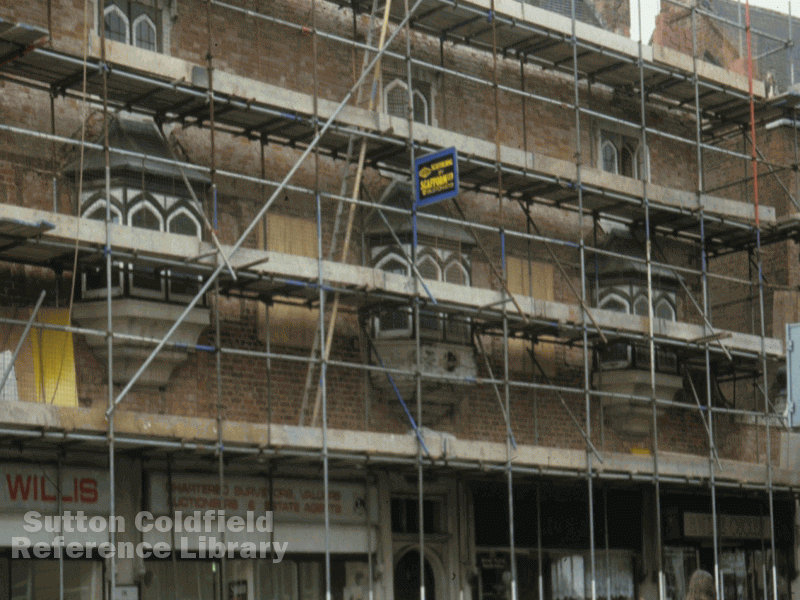An analysis of the Sutton Parish Registers made in 1762 showed that in the twenty years to 1761 there were 747 baptisms and 694 burials, suggesting a small increase in population. However in 1774 the Rector, Richard Bisse Riland, took a census of the inhabitants of Sutton Coldfield which included the note “annual average of births 88, of burials 49, therefore 39 emigrate annually”. However, in both cases the excess of baptisms over burials is due to a combination of migration and population growth. The population of Sutton rose from 1,500 in 1700 to 2,847 in 1801, so an increase of fifty from 1740-1760 seems too low - I would guess a net immigration of at least fifty - while the annual increase of 39 suggested by the 1774 figure seems to high - maybe an average annual net emigration of about twenty. Similar analyses for earlier periods show an average of six more baptisms than burials each year in the 1630s and fourteen more in the 1690s.
Migration was better recorded under the feudal system, when everyone was accounted for and changes had to be recorded at the Court Leet. In 1416 seven newcomers made their oath of allegiance at the court while five who went away were given permission to leave - quite a high proportion bearing in mind that there were less than 150 households in Sutton at that time - this was not necessarily an increase in population as the men leaving may have had larger families than the newcomers.
With the decline of feudalism a new method of recording people was needed, and in 1538 Thomas Cromwell ordered that every parish must keep a register of each baptism, marriage and burial. The surviving Sutton registers begin in 1565.
A comparison of the marriage register of 1638 with the baptismal registers shows that in only two of the nine marriages were both partners born in Sutton, whereas in four of the marriages neither partner was a Sutton native; the other three were between Sutton women and men from outside Sutton. There were thus eleven newcomers in this small sample, but this may have been balanced by a similar number leaving Sutton to be married elsewhere.
Mobility among the gentry is better recorded - for example two of Bishop Vesey’s nephews left Sutton to hold office in the Exeter diocese, one of his nieces married Thomas Keene and went to live in London, another married the Squire of Stirchley. Sacheverell, who purchased New Hall, came from Yorkshire, while Walter Peyton of Marlpit Hall was a Londoner who had captained ships of the East India Company on long voyages to the Spice Islands. Some men left Sutton to seek their fortune in London - a goldsmith and a cabinet-maker are named in their fathers’ wills as living there.
The marriage registers for the years 1654-59 record civil weddings as required by the Commonwealth government of Oliver Cromwell, and give more detail. The parishes of those not living in Sutton are given, including Kingsbury, Shustoke, Lichfield, Stafford, Erdington, Worfield, Aston, Whateley, Tamworth, Shenstone, Yardley, Oscott, Harliston, Middleton, Curdworth, Walton-on-Trent and Birmingham, all fairly local to Sutton. Although some of these marriages were conducted by the Rector, most were by civil magistrates, including Thomas Willoughby at “the brick house in High Street”. This house, now known as Vesey House, was built c1639, one of the first brick-built houses in the area, as can be seen from the rear, but the frontage has been rendered and decorated with animal figures.

